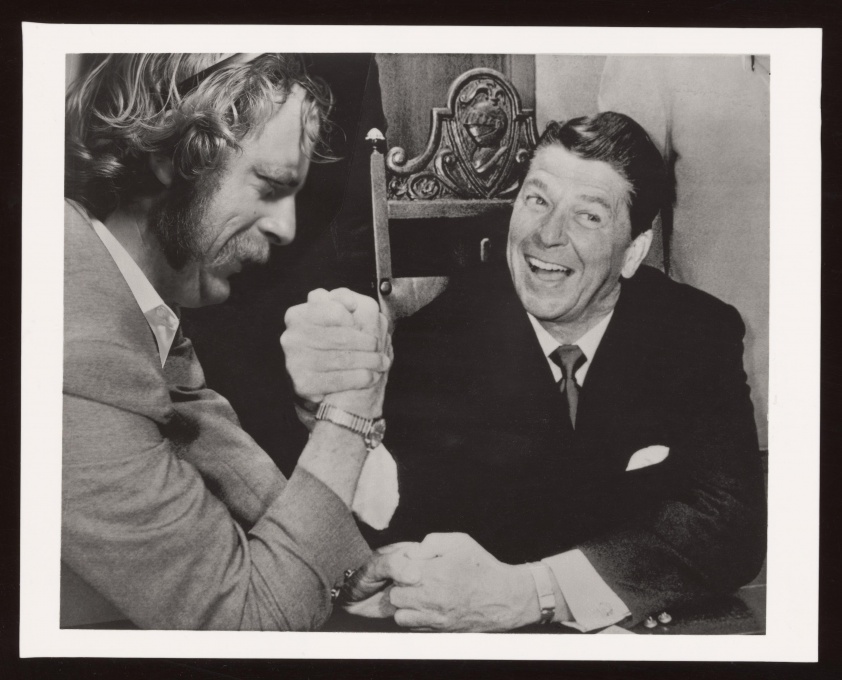Looking Back: The National Endowment for the Arts’ Annual Report (1966)

“While no government can call a great artist or scholar into existence, it is necessary and appropriate for the Federal Government to help create and sustain not only a climate encouraging freedom of thought, imagination, and inquiry but also the material conditions facilitating the release of this creative talent….”
National Foundation on the Arts and the Humanities Act of 1965, Public Law 89-209, 79 STAT 845 (1965)
In 1965, following the recommendation of a presidentially-appointed committee including Marian Anderson, Leonard Bernstein, Duke Ellington, John Steinbeck, and Richard Diebenkorn, Congress passed the National Foundation for the Arts and Humanities Act, creating its’ funding arm, the NEA.
From the start, the NEA recognized the importance of directly supporting individual artists, community arts organizations, and public art initiatives to create a challenging and vibrant culture of humanities in the US. As it stated in its first annual report, the NEA’s core mandate was to “develop and promote a broadly conceived national policy of support” for the arts in the US, to
“—Stimulate enjoyment and appreciation of the arts by
creating the widest possible audience for arts activities of substantial artistic and cultural significance.
—Encourage and assist individual performing, creative and visual artists to achieve standards of professional
excellence.
—Develop and expand the capacity of independent arts institutions and organizations for imaginative and substantive programs.
—Explore the problems of the arts in America in order to develop new programs and institutions to meet existing and future needs.
—Encourage imaginative arts programs in the field of education.”
With issues of funding, philanthropy, access, and rigor again at the forefront of art’s concern, it’s worth taking a look at how things stood more than a half-century ago. Dismantled in a wave of neoconservative legislation throughout the 1980s and early 90s, the NEA as originally conceived reminds us even the government could once get behind the idea that thoughtful, challenging experimentation in the arts is an essential aspect of contemporary life.
Image: Wolfgang Stoerchle, “R.R.” Event, 1970. The Getty Research Institute, Los Angeles (2009.M.16). © The J. Paul Getty Trust.